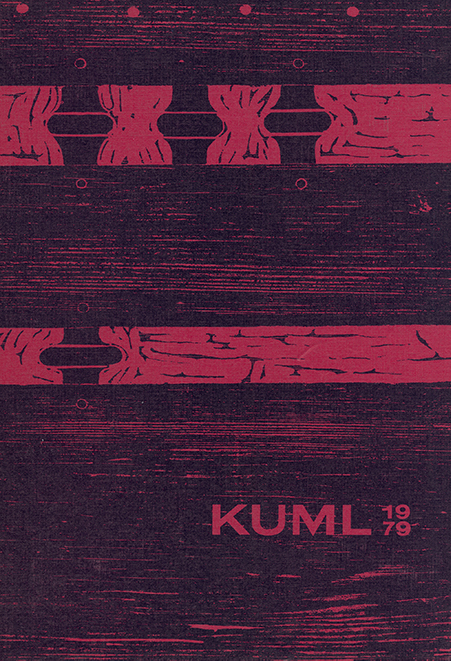Three inhumation graves in eastern Jutland from the Early Roman Iron Age
DOI:
https://doi.org/10.7146/kuml.v28i28.106962Keywords:
early roman iron age, inhumation grave, eastern jutlandAbstract
Three inhumation graves in eastern Jutland from the Early Roman Iron Age
In the autumn of 1961, a digging for grave! revealed 2 inhumation graves (graves A and B) about 5 kilometres west of Horsens. Although the graves had been rather disturbed by the gravel digging, the investigations of I. and B. Sylvest resulted in significant observations (fig. 1).
Grave A (1) contained 6 clay vessels (fig. 2:1-6), a silver finger-ring (fig. 3:1), a bronze fibula of Almgren gr. IV (5) (fig. 3:2), 2 glass beads (fig. 3:3-4) and an iron knife (fig. 3:5). On the basis of the fibula as well as the sharp profiles and facets of the pottery, the grave can be dated to the 1st century A.D.
Grave B (2) contained 6 clay vessels (fig. 4:1-6), 2 bronze fibulas of Almgren gr. II (6) (fig. 5: 1-2), (fig. 5:4). These fibulas, together with the slack profiles and facets of the pottery date the grave to the 2nd century A.D.
Grave C: In 1977, the farmer came across another grave at the same site -grave C (fig. 6). This grave was excavated that same year by the Forhistorisk Museum (Moesgård) (3). Grave C contained 4 clay vessels (fig. 7:1-4) and a bronze finger-ring with parts of the bone of the finger preserved (fig. 8:1). In the southeastern corner of the grave lay an iron awl (fig. 8:3) and a belt buckle (fig. 8:2) in connection with a circle of brown sand containing humus (fig. 6:9) -probably the remains of a belt buckle. An iron fibula (fig. 9), an iron pin (fig. 8:4) and an iron knife (fig. 8:5) were also found. On the basis of the pottery the grave can be dated to the 1st century A.D.
The shape of the graves. Grave A had been too disturbed to give an indication of the shape of the grave. Graves B and C were east-west oriented, 240-320 cm long and 160-170 cm wide. Grave C was seen to have contained a plank coffin. The placement of the grave goods indicates that the corpse had lain in the northern half of the coffin with its head to the west. On the basis of the grave shape (10-12) and the pottery (13) the graves can be related to the inhumation graves in the region of Århus and Randers. In contrast, inhumation graves in southern and southwestern Jutland from the same period are deep and narrow and have the grave goods at one end only. Furthermore, the graves in southwestern Jutland are oriented north-south (14).
Stig Jensen
Downloads
Published
How to Cite
Issue
Section
License
Fra og med årgang 2022 er artikler udgivet i Kuml med en licens fra Creative Commons (CC BY-NC-SA 4.0).
Alle tidligere årgange af tidsskriftet er ikke udgivet med en licens fra Creative Commons.


